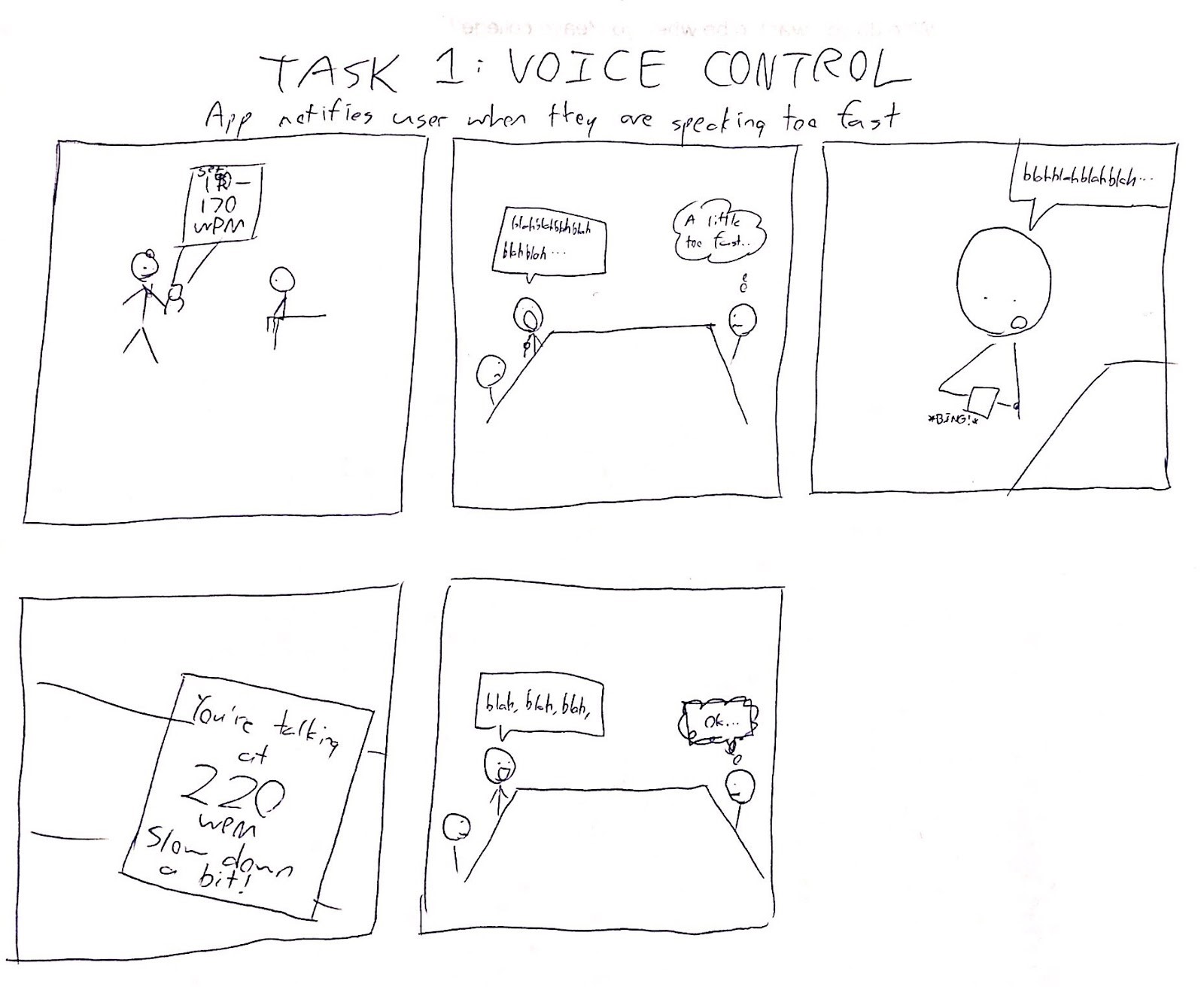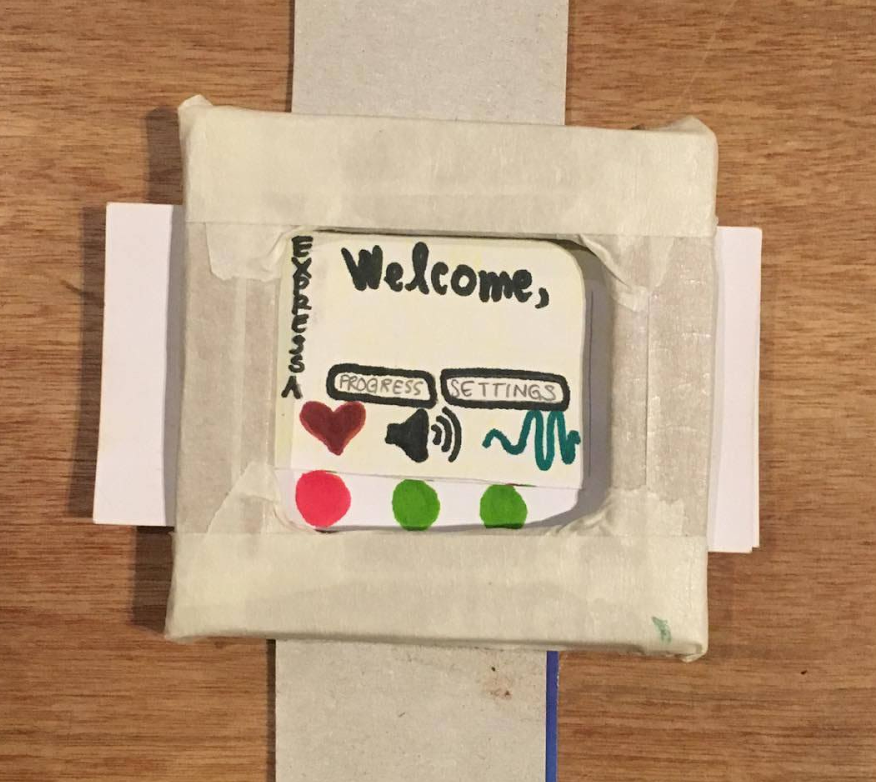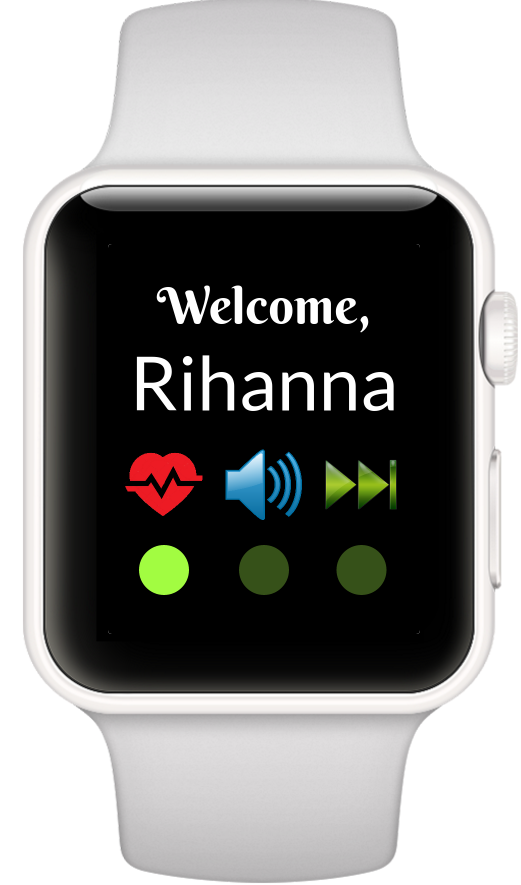The Problem
While this may not be widely recognized, 1 in every 68 people are somewhere on the autistic spectrum. As college students, our team was very curious to see what this number looked like in a college setting, and were shocked to find out that of all the autistic students that attend college, only 39% are able to graduate. From high school to college, there is a huge spike in the level of independence students experience, and the number of interactions we have with new people in different academic situations rises as well. These are big enough changes for socially adept students, so for someone with autism, these differences could really hinder confidence and performance.



